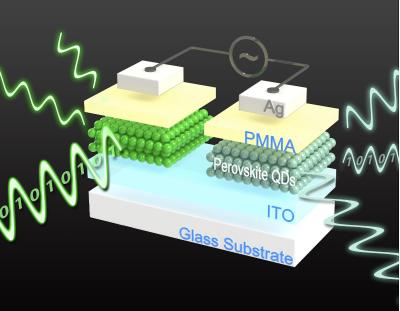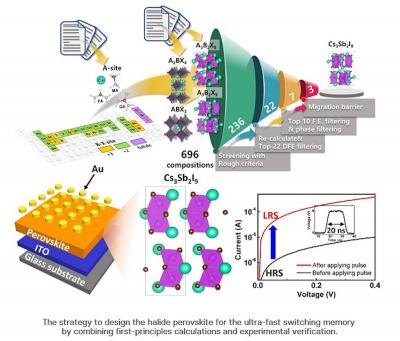Researchers report linearly programmable 2D halide perovskite memristor arrays
The properties of 3D halide perovskites, such as mixed ionic–electronic conductivity and feasible ion migration, have enabled them to challenge traditional memristive materials. However, issues like poor moisture stability and difficulty in controlling ion transport due to their polycrystalline nature have hindered their use as a neuromorphic hardware. Recently, 2D halide perovskites have emerged as promising artificial synapses owing to their phase versatility, microstructural anisotropy in electrical and optoelectronic properties, and excellent moisture resistance. However, their asymmetrical and nonlinear conductance changes still limit the efficiency of training and accuracy of inference.
Now, researchers from Seoul National University, Korea University, Sungkyunkwan University, Pohang University of Science and Technology and University of Southern California have achieved highly linear and symmetrical conductance changes in Dion–Jacobson 2D perovskites.




 Australia-based
Australia-based 
